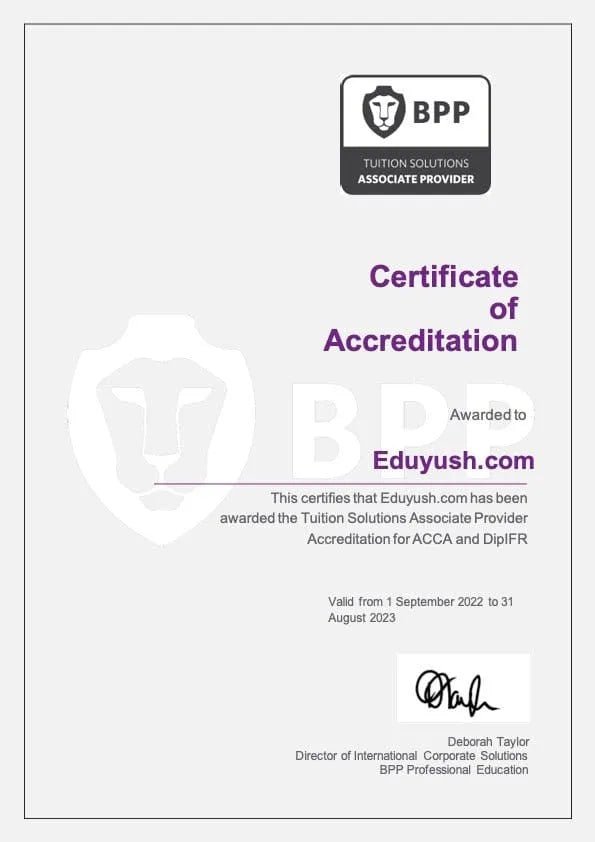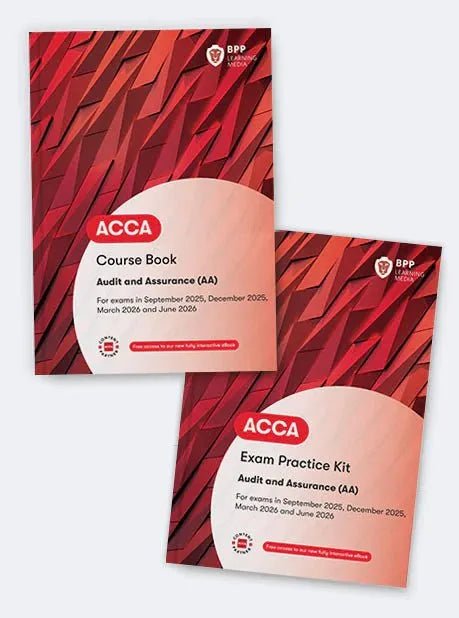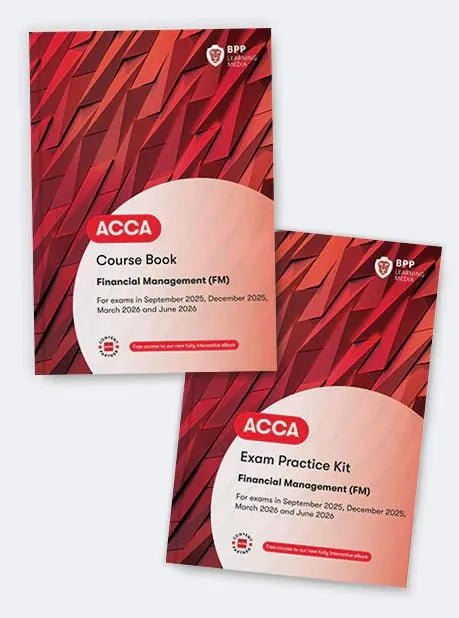How to pass CIMA P1 Exams. 5 Essential Tips
The CIMA P1 exam test your knowledge and ability to apply it practically. You'll need more than just textbook knowledge to pass the exams – that will come in handy! You'll also need time management, problem-solving, critical thinking, and test-taking strategies.
This article will help you prepare for CIMA P1 exams by providing a detailed breakdown of what to expect and some valuable tips and tricks for passing each exam. This information will prove invaluable if you're planning on taking the exams soon or are simply interested in learning more about them.
Do plan your P1 exams by referring to our CIMA exam planner.
1. Cover the entire syllabus
You need to be comfortable with all areas of the syllabus, as questions in the Objective Test exam will cover all syllabus areas. More extensive reading will help you understand businesses' main risks, which will be particularly useful in the integrated case study exam.
2. Practice a lot of questions
When preparing for your exam, you should practise exam standard questions, which you will find in either the KAPLAN exam kit or the BPP Exam Practice Kit. Do practice them at least 2-3 times over.
3. Work on Exam technique on the CBA.
The best approach to the computer-based assessment (CBA)
You should:
- Click 'Next' for any that have long scenarios or are very complex and return to these later
- When you reach the 60th question, use the Review Screen to return to any questions you skipped past or any you flagged for review
4. Understand the different types of questions
Passing your CBA is all about demonstrating your understanding of the technical syllabus content. You will find this easier to do if you are comfortable with the different types of Objective Test questions you will encounter in the CBA, especially if you have a practised approach.
Multiple choice
Standard multiple-choice items provide four options. One option is correct, and the other three are incorrect. Incorrect options will be plausible, so you should expect to have to use detailed, syllabus-specific knowledge to identify the correct answer rather than relying on common sense. You must practice these questions to prepare yourself better for the exams.
Multiple responses
A multiple-response item is the same as a multiple-choice question, except more than one response is required. You will typically (but not always) be told how many options you need to select.
Drag and drop
Drag and drop questions require you to drag a 'token' onto a pre-defined area. These tokens can be images or text. This question is effective at testing the order of events, labelling a diagram or linking events to outcomes.
Gap-fill
Gap-fill (or 'fill in the blank') questions require you to type a short numerical response. You should carefully follow the instructions in the question regarding how to type your answer – e.g. the correct number of decimal places.
Hot spot
These questions require you to identify an area or location on an image by clicking on it. This is commonly used to identify a specific point on a graph or diagram.
5. Be mindful of time management.
A final word on time management. When people are immersed in an important activity, time seems to fly. However, in an exam, time seems to stand still. Scientists have proved this phenomenon. (your CBA should be!).
You can try this for yourself.
Have a go at five questions for your paper, and notice what time you start. As soon as you finish the last question, estimate how long it took and compare it to your watch. Most of us tend to underestimate how quickly time passes, which can cost you dearly in a complete exam if you don't take steps to keep track of time.
So, the critical thing here is to set yourself sensible milestones and then get into the habit of regularly checking how you are doing against them:
- Don't spend more than three minutes per question
- • Keep your milestones in mind (e.g. approximately 30 questions done after 45 mins). If you are far from where you should be, adjust your pace accordingly.
A complete exam will be a mix of questions you find more challenging and those you find more accessible, and in the actual CBA, the order is randomised, so you could get a string of difficult questions right at the beginning of your exam. Do not be put on by this – they should be balanced later by a series of questions you find easier.
Summing up
While the CIMA P1 exam is an online-based assessment tool, you can still prepare for it by taking several other preparation courses or exams.
You could also consider other types of training, like the BPP CIMA online course.
When studying for the CIMA P1 exams, it's essential to take a holistic approach. You can't just focus on one aspect of the syllabus, or you'll fall behind on other vital areas. We hope that this article was helpful to you! If we missed anything, feel free to reach out via email.
From the blog
View allFAQs
How Do I register with CIMA?
You’ll need to get registered with CIMA before you can sit the exams. Head to the CIMA website to get started.
Check out our all about CIMA page page for more information on starting your CIMA joruney.
What are the CIMA Exam dates
CIMA Exams
Objective tests: Available on demand held throughout the year
Case Study: Held four times a year
Where can I get CIMA study materials
Eduyush is an authorised reseller for CIMA materials
Eduyush offers the following













Leave a comment